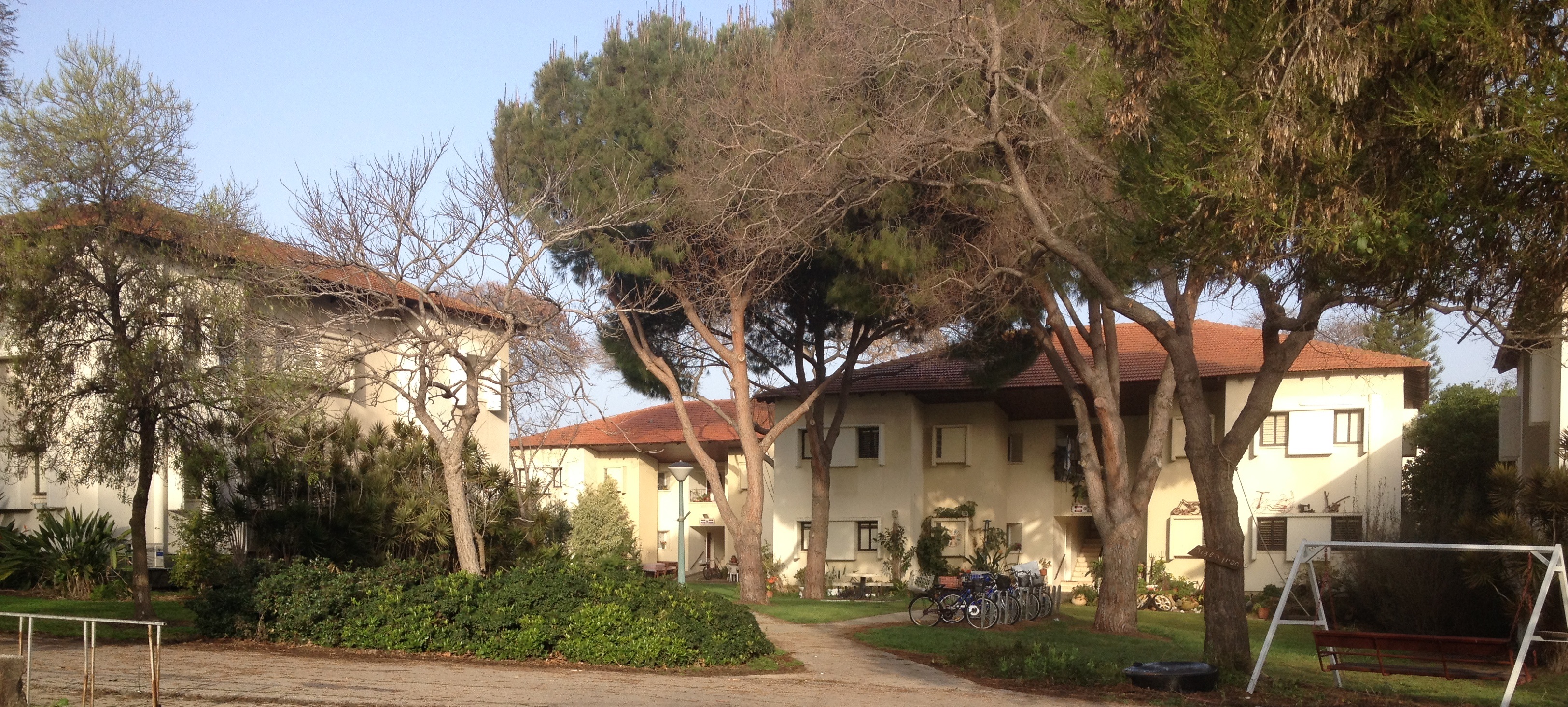
Alternatively, an organization might hire an outside consultant to perform a task that is infrequently needed. A corporation, for instance, might contract with a consulting firm to conduct an executive job search, or a community mental health clinic might bring in an outside consultant to conduct a short-term stress-management program for men and women who have become unemployed as a result of a recent factory closing. In all of these various capacities an outside consultant often serves as a Model One practitioner. Yet, Model One is most typically found as a part of the work assignment of a human resource or organization development practitioner. The projects being run by external consultants require Model One administration, as do the day-to-day operations of training and development offices within or outside formal organizations. Model One is a frequent source of problems, however, especially when a practitioner does not recognize that this model is being employed. An organization gradually becomes dependent on the internal or external practitioner and soon requests that he or she do the work rather than training someone else in the organization to do this work.
The Model One role is often appropriate early in a consultation if it is acknowledged and accepted by both parties. Unfortunately, the rhetoric may be Model Two (or even Three or Four) consultation, when Model One is in operation. This leads to miscommunication, role confusion, and unrealistic expectations concerning the outcomes of the work that the consultant is performing. An expectation that an organization will become increasingly “self-reliant”, for instance, often is unmet when Model One practices and their accompanying tools predominate.
Model One practice is sometimes being used, unfortunately, as a means of bypassing affirmative action guidelines and/or formal personnel review procedures. A personal friend or member of the “old boys” network is brought in as a “consultant” (rather than being formally reviewed for employment) in order to bypass established procedures. Such abuses are likely to be particularly prevalent among Model One practitioners, when the leaders of an organization have (or believe they have) insufficient time to hire an in-house person to do the work..
At other times, Model One practices are used because the organization is in a crisis mode. Someone is brought in to fix things. Leaders of the organization expect this “fire-fighter” to leave the organization in their hands after fixing it. Unfortunately, the organization usually returns to its previous crisis state, regardless of the wisdom and skill of the Model One consultant, for the organization has not increased its own internal capacities to identify and solve problems. A vicious cycle of crisis and dependency sets in and is hard to break. Crisis management prevails. People within the organization scramble for more position and reward/punishment power, while the leaders of the organization demonstrate their lack of respect for internal- resource people by bringing in more of the “fire-fighters”.






